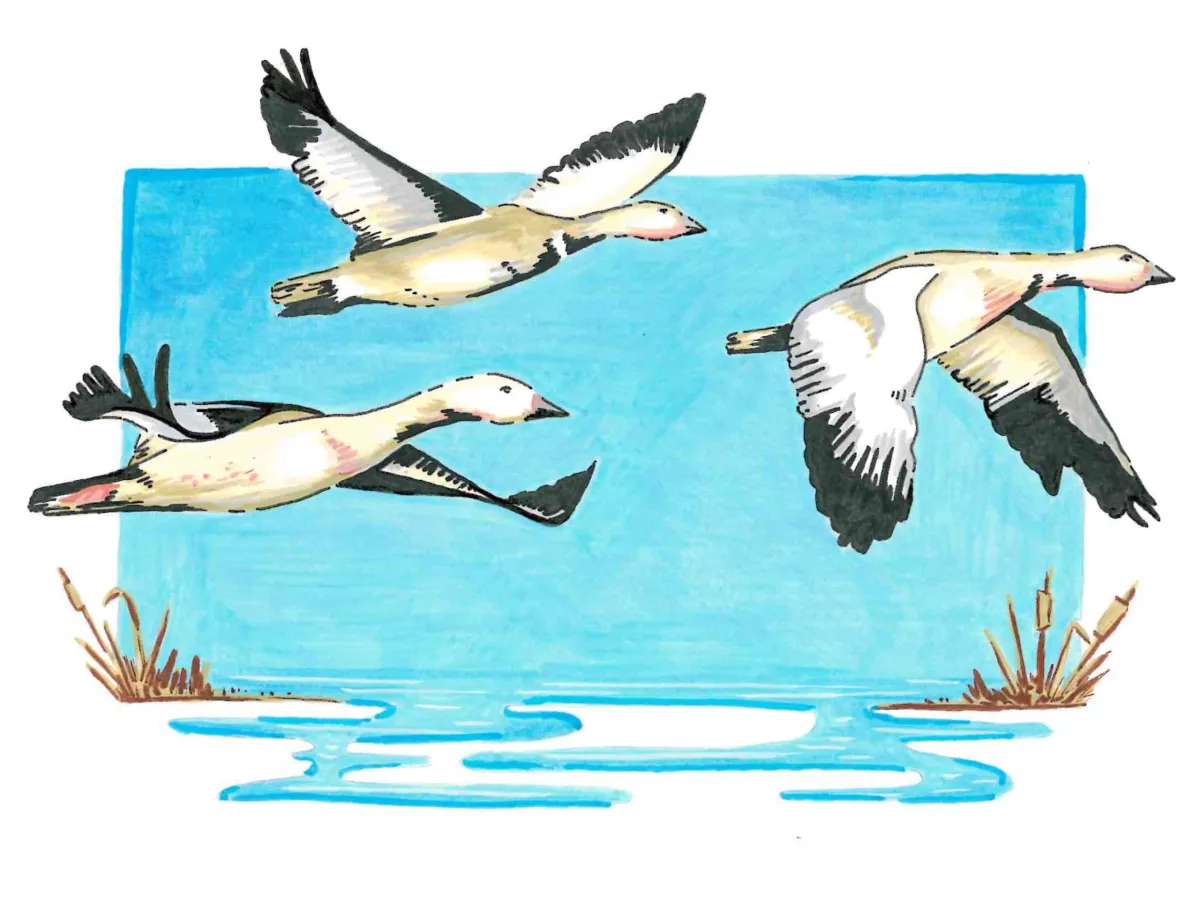Waterless Water Fowling

By Richard Ledbetter – Arkansas Times
Driving across the Grand Prairie this time of year, you’ll notice the great flocks of blue, snow, Ross’s and specklebelly geese filling skies and fields as they make their annual “grand passage” through the famous Delta flyway. While duck numbers have dwindled over recent years, many waterfowlers are switching from ducks to the more plentiful geese.
Being a longtime duck hunter, I’ve watched duck numbers rise and fall from season to season. Droughts in the Canadian pothole region affect nesting grounds where ducks hatch their young. Without proper water levels, hatches are reduced, leading to lower numbers during dry years.
Geese aren’t as impacted by drought. As a result, many waterfowlers have made the switch to goose hunting.
While blue, snow and Ross’s geese are abundant, they’re not considered as good to eat. “Specks,” on the other hand, are known as “the ribeye of the sky.” Most hunters agree, their large, flavorful breast filets are the tastiest of all waterfowl. Accordingly, the greater white-fronted goose (Ansar albifrons) has become the new bird of choice for avid hunters looking to bag a few birds. CLICK HERE TO READ FULL STORY
Discover more from HuntingOfficer
Subscribe to get the latest posts sent to your email.
